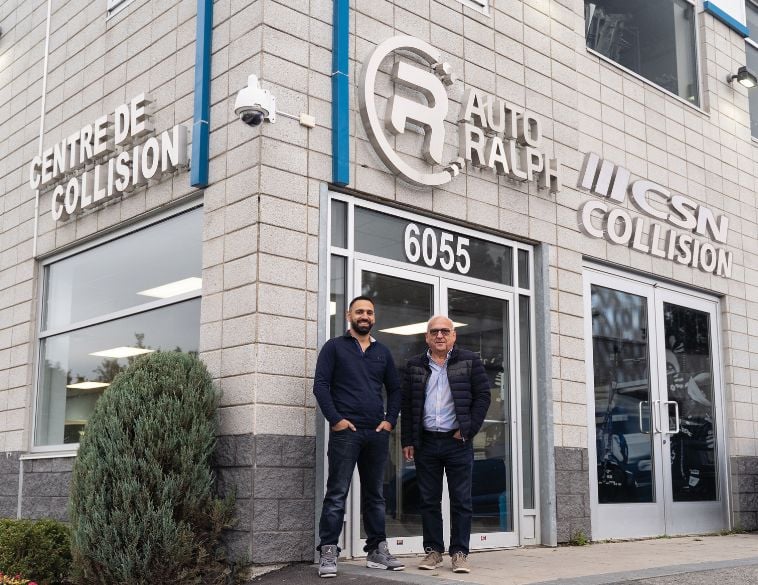OEMs need to understand that practices denouncing the use of salvage parts and restrictive data access harm the entire automotive economy.
Recently we’ve seen more attention paid to Right to Repair legislation on both sides of the border. In Canada, we saw the introduction of two private members bills to the federal parliament including one (C244) that specifically targets copyright and the ability to reverse-engineer for the expressed purposes of vehicle repair and maintenance.
While this represents a positive development for the aftermarket, there are additional challenges facing the automotive circular economy. In the case of recyclers, a big one is data access from OEMs on specific vehicle information that we input to our inventory management systems. This is important because it helps recyclers determine which vehicles to buy and how much to pay for them based on demand for parts and component interchangeability.
Multiple opportunities
Traditionally, that data allows us to determine if a specific part from one vehicle can fit another, for example, a component from a 1997 Jeep can be used on a different model year, or something from a Pontiac Grand Am can be used on Buick Century. We need that data built right into our inventory management system so that interchange information can be updated on a regular basis.
By having this data and having it based around a common language that recyclers, repairers and insurers understand, it provides multiple opportunity for transactions between all stakeholders. The trouble is that more recently, OEMs have started to restrict access to that interchange information, so there are more and more vehicles out there for which we do not have enough data on to comfortably make an informed decision on whether or not to purchase for salvage purposes.
We’ve also seen more and more OEMs release explicit statements declaring that collision shops not use aftermarket or salvage parts when performing repairs. Given that the OEMs have taken a much greater interest and role in collision repairs via certification requirements and official repair procedures, this poses a problem for not only recyclers but the entire circular economy.
The situation is becoming particularly acute regarding EVs. With the current global disruptions in supply chains which have negatively impacted both parts and vehicle availability, we’re seeing cases where EVs are being declared total losses by insurers simply due to the fact that parts are not available to repair them. Additionally, those policy holders who’ve seen their vehicles written-off due to issues such as damaged headlights or fascias, now face the added dilemma of trying to find a suitable replacement vehicle at a time where few are available and those that are, are proving very expensive due to the current demand/supply imbalance.
More collaboration
What’s also interesting is that as the EV conversation has become a bigger part of the automotive sector, associations like ARC have seen growing interest from OEMs when it comes to engaging with us regarding proper disposal and recycling processes for these vehicles. The trouble is, in order for this to work effectively, both parties need to understand the needs and requirements of each other, not commit to one aspect and then look to undermine the other, such as denying recyclers the opportunity to provide much needed parts so that vehicles can be repaired and put back on the road.
Given that supply chain disruptions are likely to persist for the foreseeable future, finding a way to be truly collaborative and understanding that both recyclers and OEMs have a key role to play in the automotive ecosystem will go a long way to addressing a number of issues currently facing the circular economy.
Steve Fletcher is the Managing Director of the Automotive Recyclers of Canada and the Executive Director of the Ontario Automotive Recyclers Association. You can reach him at [email protected].






 MONTRÉAL-OUEST
MONTRÉAL-OUEST Full time
Full time


